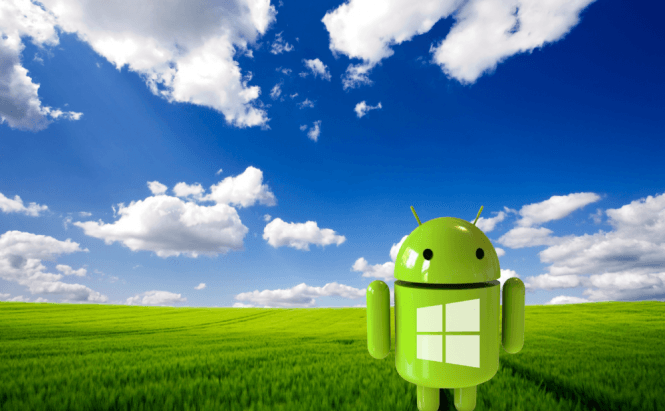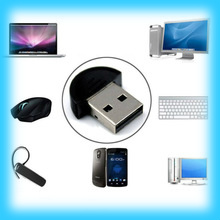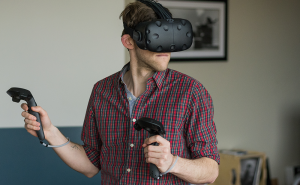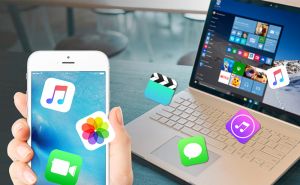 Mobile Data Transfer. Part I: Android → PC
Mobile Data Transfer. Part I: Android → PC
File transfer is an inevitable fate of all mobile devices since there are a lot of reasons to move data, from harmless new phone/tablet purchase or file sharing to unpleasant memory overfilling or a broken device. There are different schemes of transferring, here are the most popular ones:
- Phone/tablet →Computer
- Phone/tablet → Phone/tablet
- Phone/tablet → Cloud
In this article, I tried to gather as many useful, easy and reliable ways as possible to protect you from information glut and help you make fast steps without reading long guides. The first part of the series is about different types of batch moving different types of files from an Android device to PC or laptop.
USB Cable
The most pleasant thing while applying the most basic way of file transferring is no Internet connection required. That's why I like spending time like that aboard or in a train, when I have plenty of free time to sort files out in folders. First of all, make sure your memory card is in, then connect the USB cable (the original one usually goes packed). Once a device is connected, a notification like 'Connected as a media device' will appear on the screen; touch it to continue.
Now, it's time to open My Computer, select a suitable portable device (it should be labeled as a model name) and copy files there (there are three options here: Drag&Drop, mouse right click and keyboard adjustment (Ctrl A to select files, Ctrl C to copy, Ctrl V to insert). You can choose files from the internal device memory or from an SD card. Open Notifications and turn off the Media Device. The only thing left is to disconnect the cable both from your phone/tablet and computer.
P.S. Bear in mind that once Windows detects an unknown device, it offers relevant drivers to install. Don't accept any drivers unknown to you to avoid getting suspicious files.
AirDroid app
If you've never heard about this nice app, let me introduce it to you. AirDroid is a perfect tool while managing files of a Wi-Fi-connected device right from a desktop. It's really pleasant to control your device and transfer all kinds of apps and files (e.g. multimedia, calls, SMS, downloads) on a big screen from the comfort of your favorite armchair.
Android users can sign in with their Facebook, Twitter or G+ account; otherwise, root privileges on their phone are required. The main requirement is the same network for both devices (phone/tablet + computer). In my opinion, the app is a great help for everyone who faces the file transfer procedure.
In case you'd like to learn more about the app, you can read how AirDroid 3 for Android Lets You Answer Calls Remotely or how to Stream your Android Device Content to Desktop with AirDroid 3.
Download AirDroid for Windows.
Bluetooth dongle

Some personal computers are equipped with a Bluetooth connectivity system while others require a special dongle. Dongle is a USB-connected piece of hardware which is attached externally. In this particular case, Bluetooth dongle is to play the role of a conductor (it will help you connect a device and your PC).
Once a connection is enabled here and there, open a proper directory (Gallery, Calendar, etc.) to select items. Once you've chosen a file/files on your smartphone/tablet, press the Android Share button for sharing. As for the Windows desktop, find System Tray and a Bluetooth icon, right click on it and choose 'Receive a file'. Once the transfer process is completed, you will see files on your PC.
Well, even if you don't have all necessary stuff at the moment, Bluetooth file transfer is a potential option.
SD Card
The last method of file transfer, which brings up the rear, is copying data by means of a micro SD card (thanks to Android devices manufacturers). There are two ways to extract data from a card.
1) With a cable: no Internet connection, no extra apps – just your phone/tablet + PC and cable. That way has already been described above in the USB Cable section.
2) With an SD card adapter: no Internet connection, no extra apps, no cables – just your phone/tablet + PC and adapter. To use this method, first of all make sure that your device saves files on a card, not to itself. After that, extract a card and insert it into a card reader (note that MicroSD is not the same as MiniSD, be careful while selecting an adapter).
Plug the SD card adapter into your computer/laptop and start copying via a folder found in My Computer. In case your Android phone/tablet has no microSD card slot, find some info about USB OTG (USB On-The-Go) on the Internet to resolve the issue. This way of files movement is perfect for those whose screen has been crashed or whose device can never be turned on again.
If you have a Mac OS system, you might also find a lot of useful information in one of our editor's articles called 'The Best Tools For Transferring Files Between Mac And Android'.





